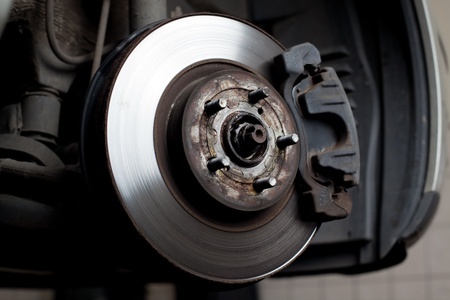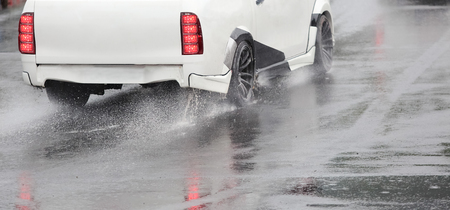We all know what brakes do–they stop the vehicle. What you may not realize is that knowing a little bit about how the brakes actually work will help you understand how important it is to maintain your brakes.
The amount of force that you apply to the brake pedal is not actually enough to stop the car. Brakes use hydraulics which are a system of fluid-filled pipes that multiply force and move it from one place to another. Here’s what happens when you press the brake pedal.
- You push the brake pedal.
- The brake pedal pushes as class 2 lever that increases your pushing force.
- The level pushes a piston into a narrow cylinder full of hydraulic brake fluid which squeezes the fluid out of the end.
- The brake fluid squirts down a long, thin pipe until it reaches another cylinder at the wheel which is much wider.
- The fluid pushes a piston in that wider cylinder with greatly increased force.
- The piston pushes the brake pad bringing the pad into contact with the brake disc which generates friction (and head).
- The friction slows down the outer wheel and tire, stopping the car.
All this happens with a simple push on the brake pedal. All the different parts of maintaining your brakes are to help keep the above process happening.
In the next article, you will learn about how to tell if there is a problem in the brake system.


